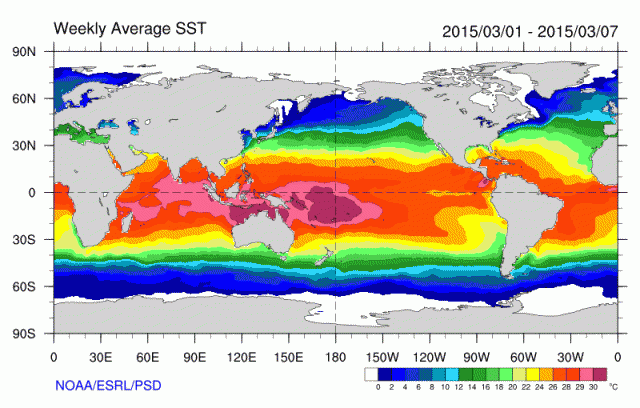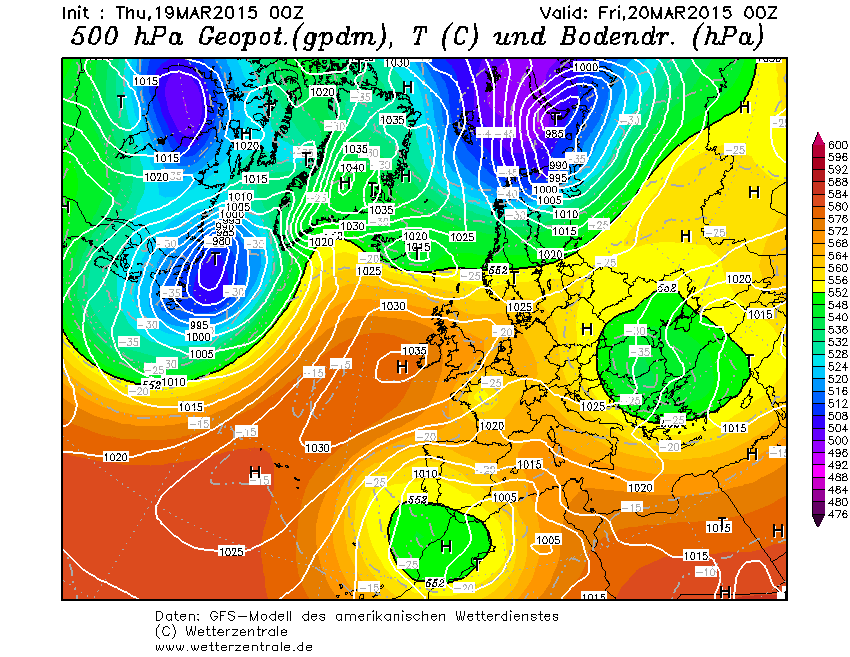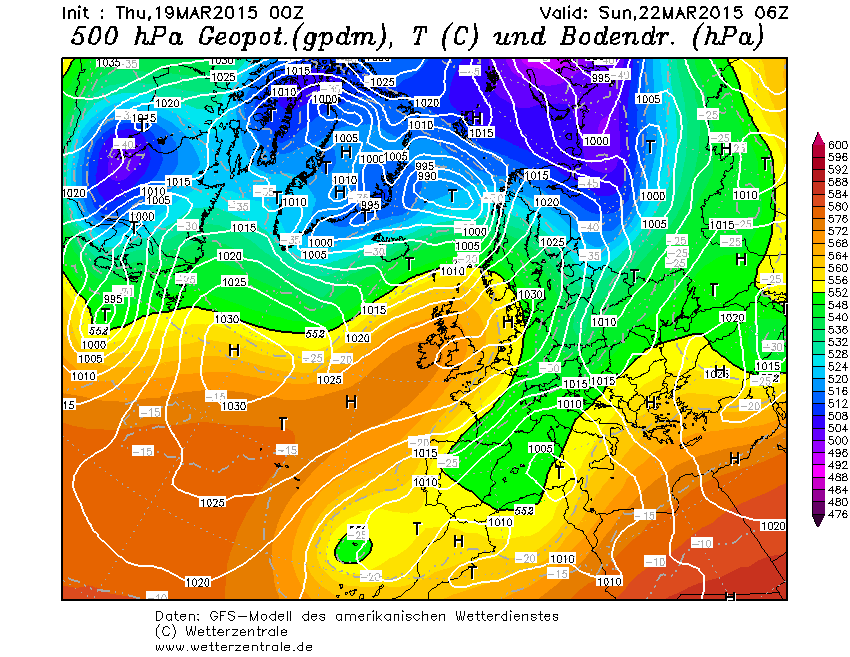Last Friday, tropical cyclone Pam grazed the island state of Vanuatu in the southwest Pacific. The climate there has two seasons, a cold and dry one from May to October and a warm and wet one from November to April. Cyclones occur in the latter. On average, Vanuatu is affected by two to three cyclones per year, with three to five causing severe damage per decade. Pam surpassed the strongest tropical storm to date in the South Pacific (Zoe, December 2002) with wind speeds of 270 km/h (gusts of around 300 km/h) according to the data available to date. The exact extent of the devastation in Vanuatu is still unclear, with at least 24 deaths. Australian military pilots report that over 80% of the buildings on the island of Tanna were partially or completely destroyed and the Vanuatu government speaks of similar figures in the capital Port Villa.
Fittingly, the President of Vanuatu was in Japan during the storm, attending the third UN World Conference on Disaster and Risk Reduction. From there, he asked for international help for his country and suggested that climate change was at least partly responsible for the cyclone. In fact, it can be assumed that unusually high water temperatures contributed to the cyclone intensifying. The sea temperature was up to 2 degrees above the typical average for the time of year. Part of this anomaly is probably indeed due to climate change, but a larger part is due to natural variability and the current El Niño. In addition to the cyclones themselves, rising sea levels are a problem for island states such as Vanuatu and other coastal areas during storms, as storm surges have a higher starting level and therefore automatically become stronger and penetrate further inland.
How much man-made climate change actually contributed to Pam is unclear and there are no very robust forecasts for the future development of cyclone activity in the region. However, the devastation in Vanuatu is in any case a textbook example of the major climate change issues that are not directly related to climate science in its purest form: The question of resilience, the resilience or resistance of a system, adaptive capacity and vulnerability, and the distribution of these characteristics across the world and the global population. Societies are considered geographically vulnerable to climate change if their food or water supply is insecure, if they are based on a sensitive marine ecosystem or are dependent on fishing, or if they are small island states. Vanuatu meets several of these criteria. On an economic level, those societies that do not have the necessary financial resources to at least partially create resilience, such as building storm-proof houses, are vulnerable. As a small, economically weak country, Vanuatu is not exactly at the forefront here either. In most cases, the most vulnerable areas and population groups are those that are the least resilient and least able to adapt to climate change, and vice versa.
In the world of winter sports, people sometimes think that we are on the front line of climate change. If you define the frontline by where there are the most deaths, we are certainly not. The winter sports industry may well be vulnerable, but unlike fishermen on tiny Pacific islands or small farmers in the Sahel, it is part of an overarching, resilient, economically strong system that can create far greater resilience. The most important unresolved issues in the climate change debate are not necessarily the temperature forecasts accurate to three decimal places, but perhaps rather the moral and ethical questions that climate change raises for a globalized society. Who exactly should feel addressed by the call for help from the President of Vanuatu and why? Fortunately, cyclones like Pam are not so relevant in this country. At the moment, an area of high pressure over Central Europe is determining the weather in the Alps. A cold front is approaching from the north at the weekend, but it won't last too long and is unlikely to be very heavy in terms of fresh snow.









